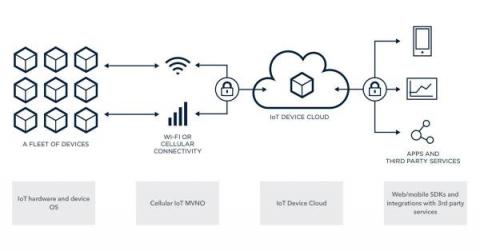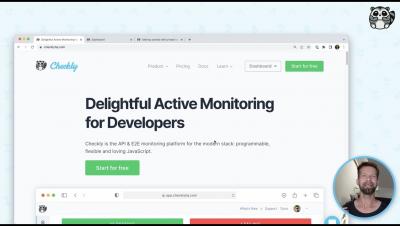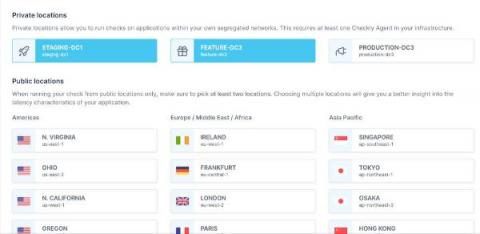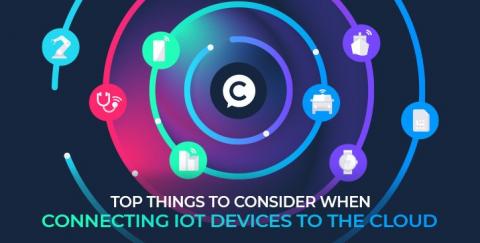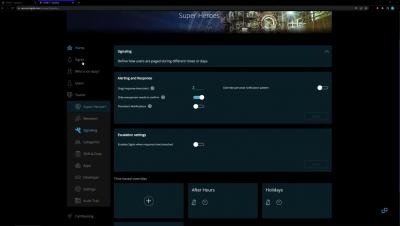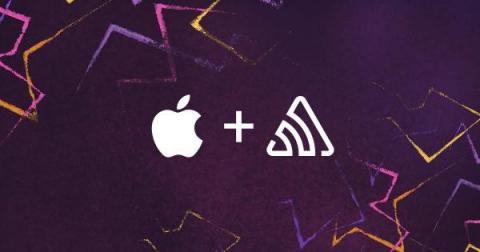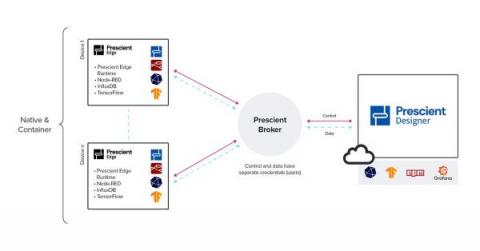Don't let the skills gap hinder your IoT success
Since the term Internet of Things (IoT) was first coined in 1999, the market has experienced vast growth and maturity, evolving rapidly – and it is showing no sign of slowing down. According to Omdia, the number of global satellite IoT connections is set to continue growing at a compound annual growth rate of 25% for the foreseeable future.




